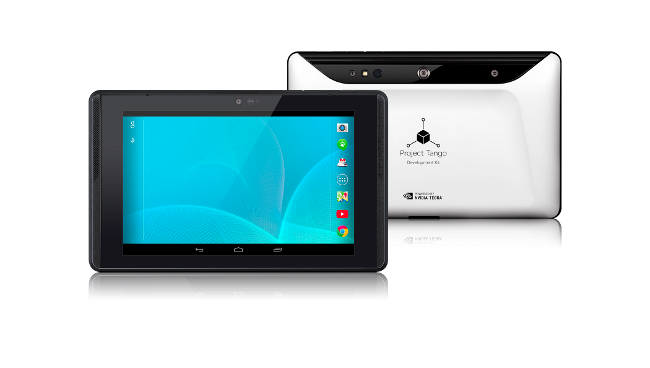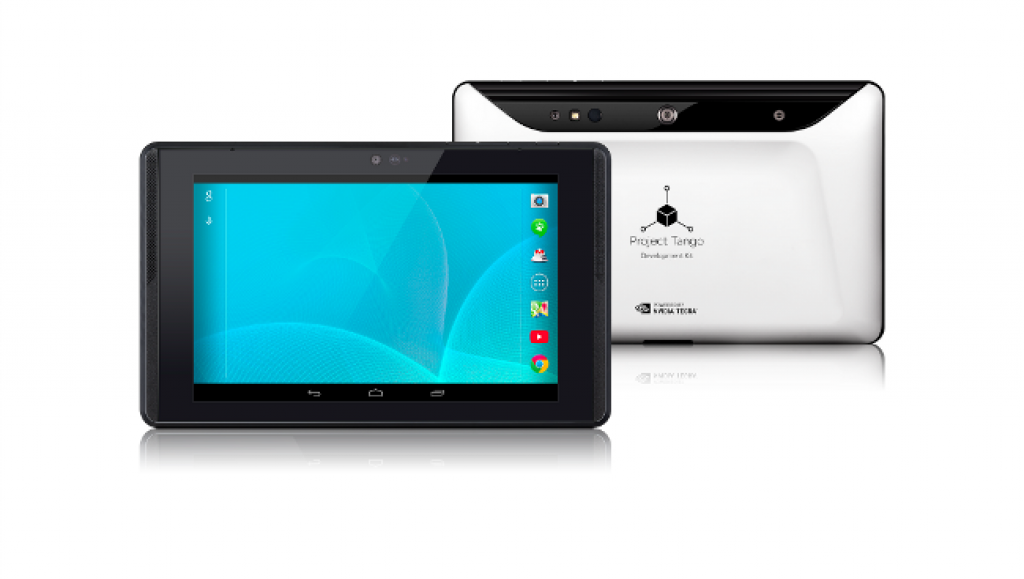This article was originally published at NVIDIA's blog. It is reprinted here with the permission of NVIDIA.
Google’s new Project Tango Tablet Developers’ Kit puts powerful new capabilities in the hands of those ready to harness the promise of computer vision.
Fast-forwarding Google’s Project Tango from experimental device to developer kit, the tablet incorporates cameras optimized for computer vision, advanced sensor fusion algorithms and integrated depth sensing tools, as well as the NVIDIA Tegra K1 mobile processor. As a result, it can understand space and motion the way humans do, enabling interior spaces to be quickly mapped in three dimensions, allowing the creation of applications that blend real and virtual objects.

Game developers could, for example, use it to paint a 3D virtual battlefield in your living room. Or create large scale virtual and augmented reality experiences. Real estate companies could build interactive, 360-degree “fly-through” tours. Interior designers could scan a client’s home and test design ideas, such as moving walls or inserting furniture. Retailers can guide the user to specific places or products.
All these applications are a perfect match for general purpose GPU computing, which takes the parallel architecture of GPUs and puts it to work solving some of the world’s toughest problems. And because our Kepler GPU architecture is already used in PCs, workstations, and supercomputers, the tools needed to put Tegra K1 to work are already here.
The Tango devkit is the first mobile device to move computer vision out of the research lab and to be widely distributed to mobile developers. It’s also the first device to overcome previous limitations on computing power and inadequate algorithms and standard sensors.
At the heart of the devkit is Tegra K1, whose 192 programmable GPU cores deliver the world’s most advanced mobile graphics and performance. Those cores use the same efficient Kepler architecture found in the world’s most powerful supercomputers and workstations. Putting that technology into a mobile chip makes computer vision applications portable, affordable, and easy to build.
The Project Tango Tablet Developers’ Kit will come with everything developers need to unlock that power. It packs a 7-inch screen, 4GB of RAM, 128GB of storage. It will run Google’s KitKat Android operating system. And it will support some of the most recent features in the mobile market, like OpenGL 4.4. Available to developers later this year, the Project Tango Tablet Developer’s Kit will be priced around $1,000.


